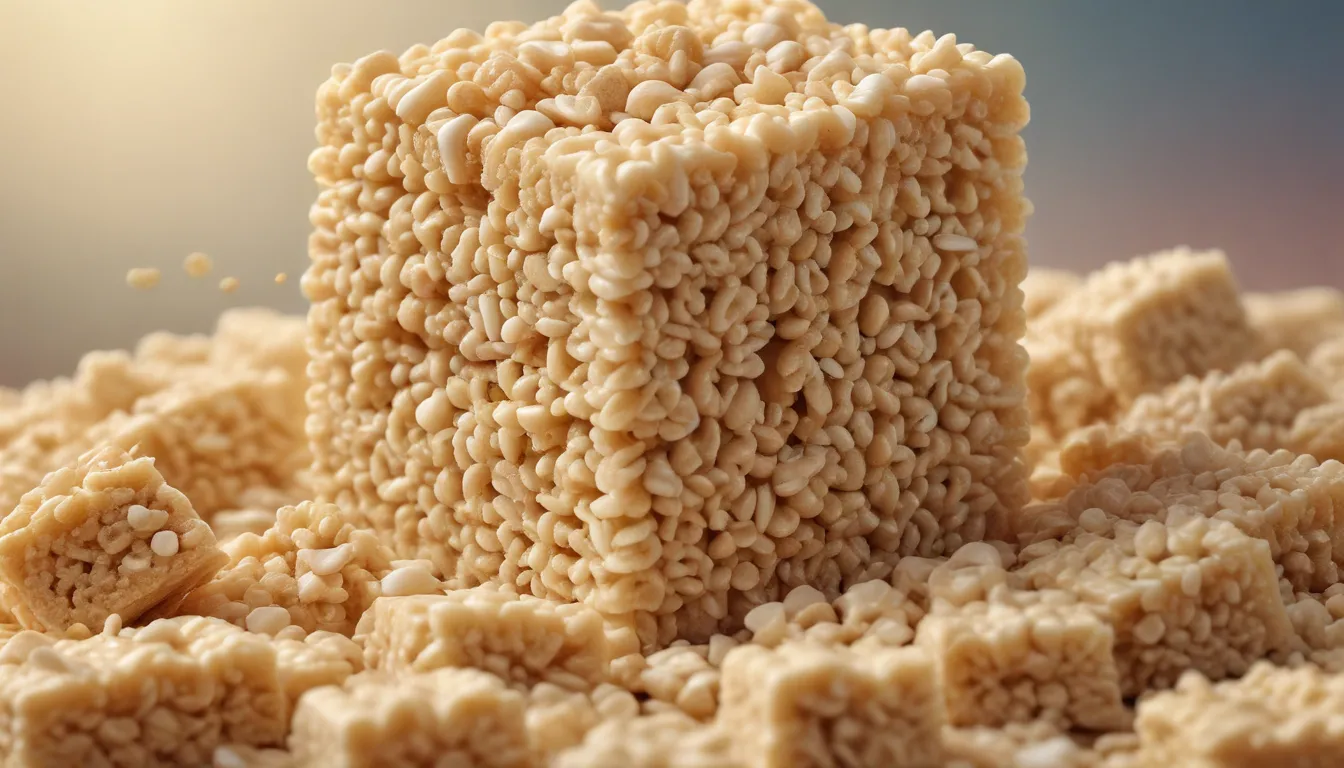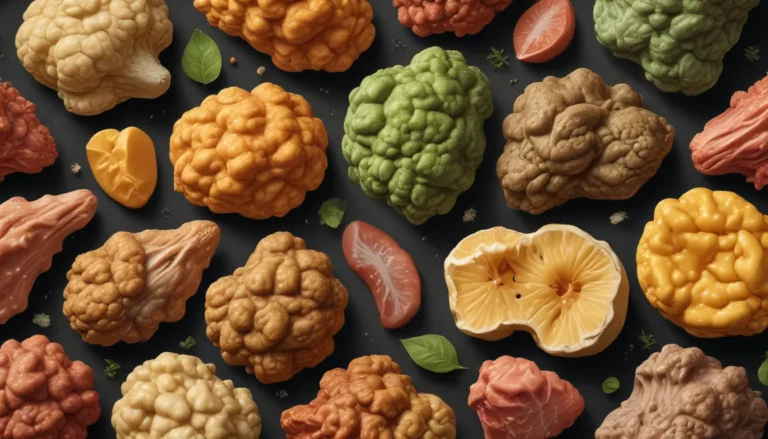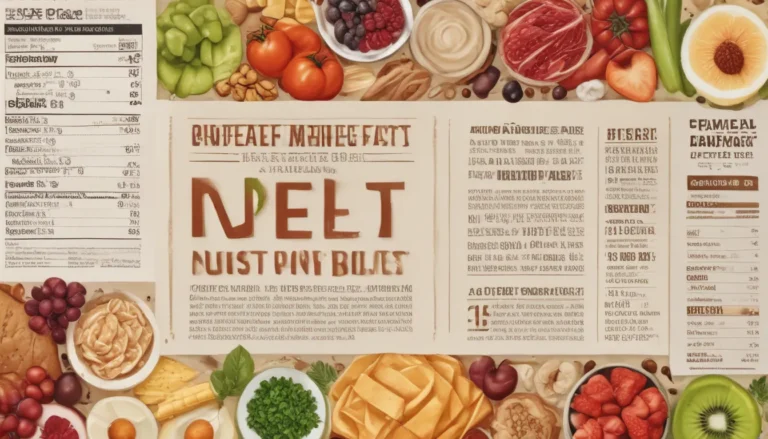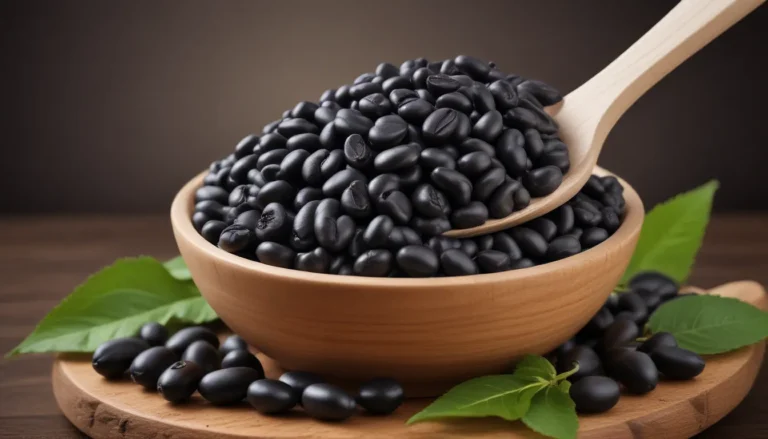The pictures in our articles might not always show exactly what the text is talking about. We use these images to make the article more interesting and eye-catching. They are there to add to the text, but not to replace it or show every detail.
Rice Krispie Treats are a beloved classic snack that brings back memories of childhood and joy. But did you know that beyond their delicious taste and iconic 'snap, crackle, pop,' these treats also offer some interesting nutritional aspects? In this article, we will delve into the nutritional facts of Rice Krispie Treats to provide you with valuable insights into their calorie content, fat, sodium, carbohydrates, and more.
Understanding the Caloric Content
Each serving of Kellogg's Rice Krispie Treats contains approximately 90 calories. This information is crucial for understanding how this snack contributes to your daily calorie intake and overall energy balance. If you are monitoring your calorie intake, it's essential to consider the calories in each treat to make informed dietary choices.
Examining the Fat Content
Rice Krispie Treats contain about 2 grams of total fat, including 0.5 grams of saturated fat per serving. While they are not entirely fat-free, they offer a relatively low-fat option for a snack. It's important to be mindful of your saturated fat intake and choose snacks like Rice Krispie Treats in moderation to maintain a healthy diet.
Delving Into Sodium Levels
With a sodium content of 105 mg per serving, Rice Krispie Treats provide a glimpse into the salt intake associated with this snack. Monitoring your sodium intake is crucial for managing blood pressure and overall health. By understanding the sodium levels in each treat, you can make informed decisions about incorporating them into your diet.
Exploring Carbohydrate Content
Carbohydrates in Rice Krispie Treats amount to 17 grams per serving, with 0 grams of dietary fiber and 8 grams of sugars. These carbohydrates offer quick-releasing energy, primarily from sugars, making them a convenient snack for a quick pick-me-up. However, the lack of dietary fiber suggests that they may not provide sustained energy throughout the day.
Highlighting Protein Content
Each serving of Rice Krispie Treats contains less than 1 gram of protein. While they may not be a significant source of protein, it's essential to consider the protein content of every food item in your diet to support muscle repair and growth. Incorporating other protein-rich foods into your meals can help meet your daily protein requirements.
Considering Cholesterol Levels
Rice Krispie Treats contain 0 mg of cholesterol per serving, making them a heart-friendly choice for individuals monitoring their cholesterol levels. Maintaining a diet low in cholesterol is essential for cardiovascular health, and choosing snacks like Rice Krispie Treats can be a positive step in that direction.
Exploring Essential Vitamins and Minerals
While Rice Krispie Treats may not be a significant source of certain vitamins and minerals, it's essential to consider their nutritional value. They provide 0 IU of Vitamin D, minimal calcium, less than 1 mg of iron, and less than 20 mg of potassium per serving. To ensure you meet your daily requirements for these nutrients, it's important to incorporate a variety of foods into your diet.
Understanding Added Sugar Content
Kellogg's Rice Krispie Treats contain 8 grams of added sugars per serving, highlighting the presence of added sugars in this snack. Managing your intake of added sugars is crucial for maintaining energy levels, dental health, and overall wellness. By being aware of the added sugar content in Rice Krispie Treats, you can make informed choices about including them in your diet.
The Importance of Daily Value (DV)
The Daily Value (DV) on food labels helps you understand how much a nutrient in a serving of food contributes to your daily diet. By paying attention to the DV percentages for various nutrients in Rice Krispie Treats, you can gain valuable insights into how they fit into your overall nutritional intake. This information is essential for making informed decisions about your diet and ensuring you meet your dietary needs.
Incorporating Rice Krispie Treats Into Your Diet
Rice Krispie Treats can be a part of a balanced diet when consumed in moderation. With their specific nutrient content, they can fit into a 2000 calorie a day dietary framework based on general nutrition advice. By considering how snacks like Rice Krispie Treats align with your dietary goals, you can enjoy them as part of a varied and balanced diet.
Balancing Caloric Intake Through Physical Activity
If you're wondering how long it would take to burn off the calories in a Rice Krispie Treat, it depends on factors like your weight, metabolism, and activity level. Engaging in physical activities can help balance your caloric intake from snacks like Rice Krispie Treats, contributing positively to your overall health. By maintaining an active lifestyle, you can enjoy treats like Rice Krispie Treats in moderation while managing your calorie intake.
Practicing Portion Control
Being mindful of serving sizes is crucial when enjoying snacks like Rice Krispie Treats to avoid overconsumption. Understanding the serving size helps you manage portion control and align your snack habits with your nutritional and dietary goals. By paying attention to serving sizes, you can enjoy Rice Krispie Treats as a delightful treat while maintaining a balanced diet.
Embracing Nutritional Facts with Rice Krispie Treats
In conclusion, Rice Krispie Treats may not be a nutritional powerhouse, but they can still have a place in a varied diet. Enjoying them in moderation and being mindful of portion sizes can help you savor these treats while making informed dietary choices. For those with specific dietary needs, there are creative ways to adapt Rice Krispie Treats to better suit your requirements. With a better understanding of the nutritional facts of Rice Krispie Treats, you can indulge in these beloved snacks with awareness and appreciation for their nutritional value.






